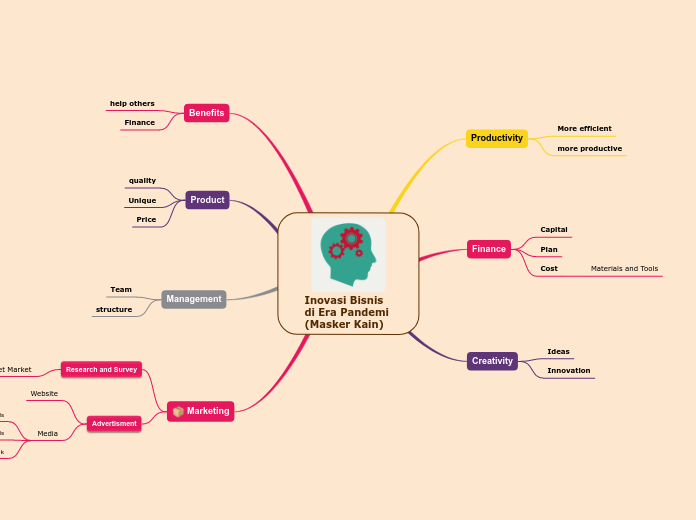by Zatil Shafie 6 years ago
180
Ch 3 - Mktg Mix for Fin Serv
Financial services possess unique characteristics that distinguish them from tangible products. These include intangibility, as they cannot be touched or seen, though they might have some tangible representations like bank statements and plastic cards.









